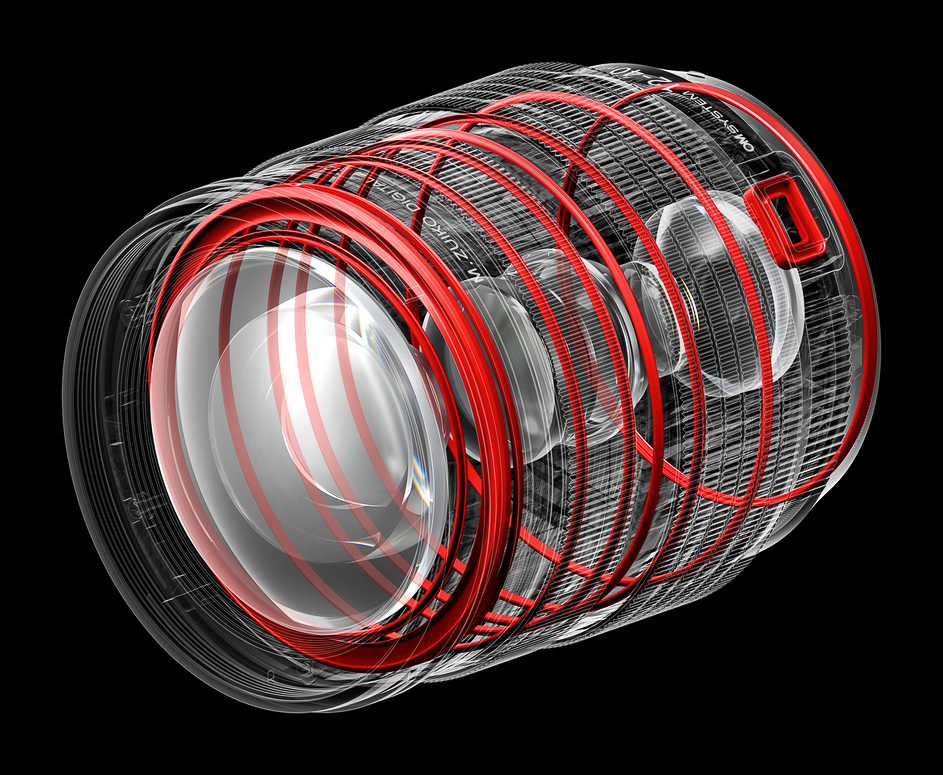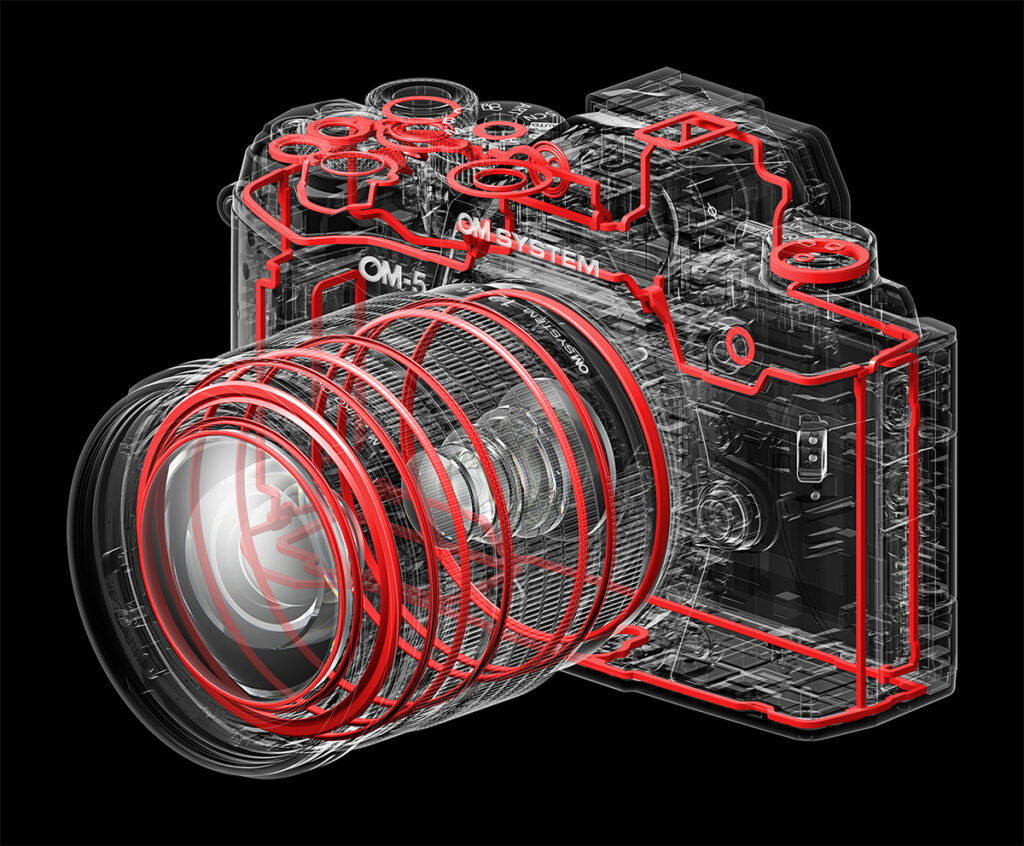
Right from the original Olympus E-1 back in 2003, Olympus has specialised in high-performance environmental sealing of its premium model system cameras. There are plenty of anecdotes that testify to the reliability of Olympus camera body and lens environmental sealing to keep dust and water at bay. But it’s only relatively recently that Olympus and, now, OM System have included an industry standard rating in their product specifications.
Most recent camera bodies and lenses that are deemed ‘dust and splash-proof’ have been rate to the IPX1 level standard. The latest OM-5 and some recent lenses are rated to IP53. ‘IPX1’ may, superficially, sound more impressive than ‘IP53’ but the latter is a more demanding level to attain. So, just what do IPX1 and IP53 mean?
To start with ‘IP’ mean Ingress Protection. ‘IP’ is the prefix in an Ingress Protection code that is defined by the International Electrotechnical Commission (IEC), a widely recognised international technical standards body.

An IP code has two suffix values. The first is a single character that relates to ‘solid particle protection’. The second value can be up to two characters and relates to ‘liquid ingress protection’.
Both suffix values can have an ‘X’ rating. This, basically, means that there is no information provided to meet any protection rating. You could say a rating of IPXX means the item rated has no protection against solid particle or liquid ingress. In practice, it might also mean that the product has not been tested to provide evidence that it passes a protection rating – even though it may have functioning protection.
IPX1
Olympus has used the IPX1 rating in its product specifications for lenses and camera bodies that feature environmental sealing for several years. But as described above, the ‘X’ means that the product is unrated for solid particle protection. We all know that Olympus sealed bodies and lenses since 2003 are pretty effective at resisting the ingress of dust, which is a recognised form of solid particle. So we can only assume that Olympus didn’t bother undergoing the required testing for this part of the IP rating.
After the X, comes ‘1’. This means the product resists the ingress of water dripping onto it. More precisely: “Dripping water (vertically falling drops) shall have no unsafe effect on the specimen when mounted in an upright position onto a turntable and rotated at 1 RPM.” The test simulates one millimetre of rainfall per minute over a duration of ten minutes.
IP53
With the new OM-1 and OM-5 camera bodies launched by OM System, and several of its new lenses, the IP specification is now IP53.
The ‘5’ means the product is ‘Dust protected’ but this is one down from the ‘6’ rating of ‘Dust-tight’. Rating 5 means: “Ingress of dust is not entirely prevented, but it must not enter in sufficient quantity to interfere with the safe operation of the equipment.”

The second value, ‘3’, means that there is protection that can cope with water spraying onto the product. Interestingly, the next number up the protection performance ratings (4) refers to splash-resistance. It seems that neither Olympus, nor OM System have yet achieved this level of IP rating for water resistance, despite the widespread talk of ‘splash-resistant’ bodies and lenses.
The test regime to achieve a ‘3’ for liquid ingress is: “Water falling as a spray at any angle up to 60° from the vertical shall have no harmful effect, utilizing either: a) an oscillating fixture, or b) A spray nozzle with a counterbalanced shield. Test a) is conducted for 5 minutes, then repeated with the specimen rotated horizontally by 90° for the second 5-minute test. Test b) is conducted (with shield in place) for 5 minutes minimum.”
Better sealing or simply more testing?
It’s not clear whether the new OM-5 body, which shares an almost identical chassis with its predecessor, the Olympus E-M5 Mark III, has physically improved environmental sealing or not, despite having a superior IP53 rating compared to IPX1. It could simply mean that the product was submitted for, and passed, tougher tests to earn the superior rating.
Nevertheless, IP53 is a tangible and realistic affirmation of long-held claims by Olympus and, now, OM System. Interestingly, I found it difficult to find IP ratings in the specifications of other brand pro-spec cameras, even though these cameras do claim to be dust and water resistant.